Japan’s culture is often explored through its celebrated cuisine, but its beverage landscape offers an equally rich and fascinating journey. From the ancient, ritualistic preparation of matcha to the fizzy fun of a marble-sealed Ramune, the world of popular Japanese beverages is a vibrant tapestry of tradition and modern innovation. Understanding what to drink is just as important as knowing what to eat when diving into Japanese culture, as each beverage carries its own story, unique flavor profile, and specific occasion.
This guide moves beyond a simple list. We will provide a comprehensive roundup of ten essential drinks that define Japan's liquid heritage. For each entry, you'll find actionable details on its origins, what it tastes like, the best ways to serve and enjoy it, and practical tips for purchasing it both in Japan and abroad. Whether you're seeking a non-alcoholic refresher like Calpis, a sophisticated spirit like Japanese whisky, or a traditional fermented drink like amazake, this curated collection will equip you with the knowledge to explore, select, and savor the very best of Japanese drink culture. Prepare to discover your next favorite beverage.
1. Green Tea (Ryokucha)
No discussion of popular Japanese beverages is complete without honoring green tea, or ryokucha. This iconic drink is the cornerstone of Japanese beverage culture, an unfermented tea celebrated for its fresh, vibrant flavor and deep cultural significance. Unlike black teas, Japanese green tea leaves are steamed immediately after harvesting to prevent oxidation, preserving their brilliant green color and nutrient profile. This process creates a distinctively grassy, slightly savory, and umami-rich flavor that sets it apart.
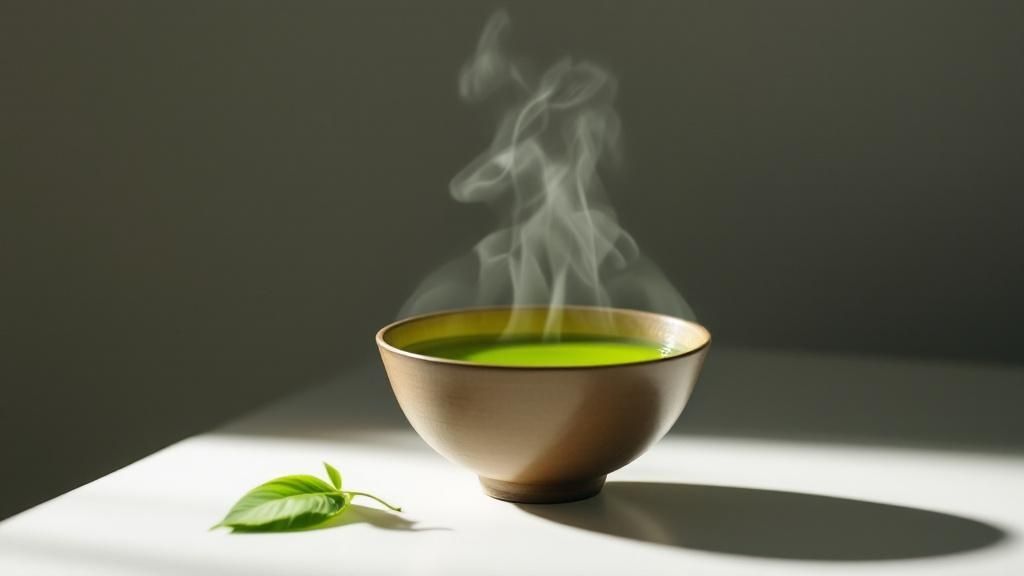
From the prestigious chanoyu (tea ceremony) featuring powdered matcha to the daily comfort of a warm cup of sencha, green tea is woven into the fabric of Japanese life. Other beloved varieties include gyokuro, a premium shade-grown tea with a sweet, mellow taste, and genmaicha, which blends tea leaves with roasted brown rice for a nutty, comforting aroma.
How to Best Enjoy Green Tea
To unlock the best flavors, brewing technique is key. Steeping green tea in water that is too hot can result in a bitter taste.
- Optimal Water Temperature: 70-80°C (160-175°F).
- Steeping Time: A short infusion of 1-2 minutes is ideal.
- Serving Size: Use about one teaspoon of loose-leaf tea per cup.
For those looking to enhance their tea-drinking experience while also being mindful of the environment, exploring options like reusable tea bags for eco-friendly brewing is a great way to enjoy loose-leaf varieties sustainably. With so many types available, you can learn more about the best Japanese tea brands to find your perfect match.
2. Sake (Nihonshu)
As Japan's national beverage, sake, or nihonshu, holds a revered place among popular Japanese beverages. This traditional alcoholic drink is often called "rice wine," but its brewing process is closer to that of beer. It's made from meticulously polished rice, pure water, yeast, and a special mold called koji that converts rice starches into fermentable sugars. The result is a complex and nuanced beverage with an alcohol content typically ranging from 15-20%.
Sake's flavor profile is incredibly diverse, spanning from dry and crisp to rich and sweet. There are numerous classifications to explore, such as Junmai, a pure rice sake with no added brewer's alcohol, and Daiginjo, a premium grade made from rice polished to at least 50% of its original size. Other popular types include Nigori, a cloudy, sweet, and coarsely filtered sake, and modern Sparkling sake for a light, bubbly experience.
How to Best Enjoy Sake
Serving sake at the correct temperature is crucial for appreciating its intended character, as different grades reveal their best flavors when served differently.
- Serving Temperature: Chill premium grades like Ginjo and Daiginjo to preserve their delicate aromatics. Serve full-bodied Junmai varieties at room temperature or gently warmed.
- Proper Glassware: Use traditional small ceramic cups (ochoko) for a classic experience or a white wine glass to better appreciate the aroma of premium sake.
- Food Pairing: Sake is a phenomenal food-pairing drink. Pair crisp, dry sake with sushi and sashimi, or richer, full-bodied types with grilled meats and stews.
3. Ramune
A truly unique entry among popular Japanese beverages, Ramune is a carbonated soft drink as famous for its packaging as it is for its taste. First introduced in Kobe in 1884, this fizzy drink is an iconic symbol of Japanese summer festivals, evoking a strong sense of nostalgia for many. Its defining feature is the Codd-neck bottle, a glass container sealed with a marble that is pushed down to open the drink, creating a satisfying "pop."
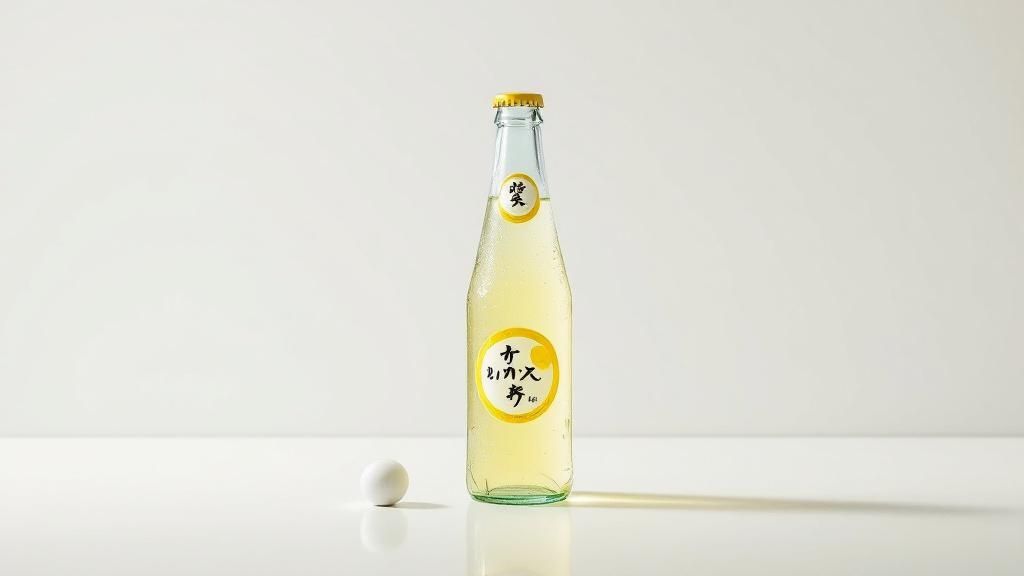
The original flavor is a light and refreshing lemon-lime, but Ramune has since expanded into a vast universe of tastes. You can find everything from standard fruit flavors like strawberry and melon to more adventurous, novelty options like curry or wasabi. Brands like Hatakosen and Sangaria have popularized this beloved drink globally, making it a fun and interactive experience for all ages.
How to Best Enjoy Ramune
Opening and drinking Ramune is part of the fun, but there's a slight technique to it. The unique bottle design requires a specific approach to avoid spills and get the best experience.
- Opening Technique: Use the provided plastic plunger to firmly and quickly push the marble down into the bottle.
- Drinking Tip: Drink slowly and tilt the bottle so the two small grooves near the neck catch the marble, preventing it from blocking the flow.
- Serving Temperature: Ramune is best enjoyed ice-cold, straight from the refrigerator, especially on a warm day.
The empty bottles are often kept as collectibles due to their distinctive design. For those new to this classic treat, you can easily find and purchase Ramune online to experience this quintessential Japanese soda firsthand. To explore other fizzy favorites, check out this guide to popular Japanese soda brands.
4. Mugicha (Barley Tea)
When the Japanese summer heat arrives, locals turn to mugicha, or roasted barley tea, for ultimate refreshment. This caffeine-free tisane is made from roasted barley grains, giving it a distinctive toasty, nutty, and slightly earthy flavor that is incredibly hydrating. Unlike many other popular Japanese beverages, mugicha is most commonly served chilled or over ice, making it the quintessential drink for warm weather and a staple in households across the country. Its robust yet smooth character makes it a universally loved choice for all ages.
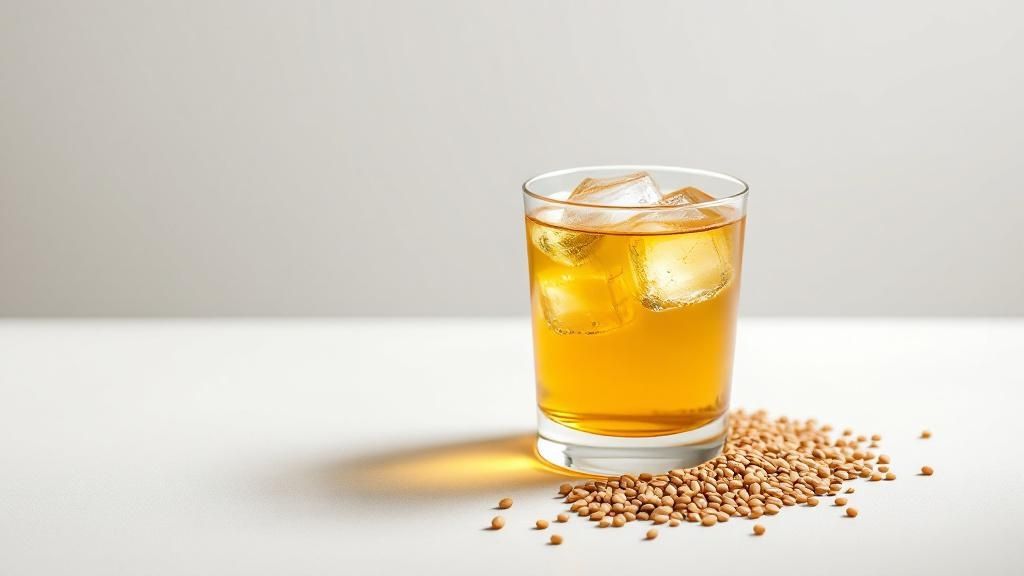
The widespread popularity of mugicha is evident in the vast array of ready-to-drink options from brands like Itoen and Asahi, which fill convenience store shelves. For home brewing, companies like Hakubaku specialize in high-quality barley tea bags. Beyond its refreshing taste, this tea is also noted for its health benefits, including being rich in antioxidants and aiding digestion. It's a key part of a healthy lifestyle, and you can discover more about the Japanese diet to see how it fits into a balanced routine.
How to Best Enjoy Mugicha
For the most authentic and refreshing taste, brewing mugicha hot and then chilling it is the preferred method. This process extracts the deepest flavor from the roasted barley.
- Brewing Method: Use about one tablespoon of roasted barley or one tea bag per cup of hot water.
- Steeping Time: Let it steep for 3-5 minutes, then remove the grains or bag.
- Serving Style: Refrigerate the brewed tea until it's completely cold. Serve over a generous amount of ice, with an optional slice of lemon for a bright, citrusy twist.
5. Amazake
Often described as a "drinkable rice pudding," amazake is a traditional sweet beverage made from fermented rice that has been enjoyed in Japan for over a thousand years. This creamy, comforting drink is one of the most unique popular Japanese beverages, known for its natural sweetness derived from the breakdown of rice starches into glucose by kōji mold. It can be served either warm or chilled and comes in both non-alcoholic and low-alcohol versions, making it a versatile treat for all ages.
The two primary types are kōji amazake, which is non-alcoholic and made from rice, water, and kōji, and sake kasu amazake, which uses the lees left over from sake production and contains a trace amount of alcohol. Popularized by brands like Morinaga and traditional sake breweries, amazake is praised for its nutritional value, packed with vitamins and amino acids. Its wholesome reputation is a great example of how Japanese cuisine integrates health and flavor, which you can learn more about regarding the health benefits of Japanese food.
How to Best Enjoy Amazake
Amazake's thick, rich texture can be customized to your preference, and it serves as a wonderful base for added flavors.
- Serving Temperature: Gently warm it on the stove for a comforting winter drink, but do not boil as this can destroy the enzymes and alter the taste. It's also delicious served chilled in the summer.
- Consistency: If the amazake is too thick, you can thin it with a little water or milk until it reaches your desired consistency.
- Flavor Boost: A pinch of freshly grated ginger is a classic addition that cuts through the sweetness and adds a warming spice.
6. Calpis (Calpico)
A uniquely refreshing entry among popular Japanese beverages, Calpis is a non-carbonated soft drink made from cultured milk. First introduced in 1919, its distinctive flavor profile is a delightful blend of sweet and tangy, often compared to a milky, less-tart yogurt drink. The magic of Calpis comes from its fermentation process involving lactic acid bacteria and yeast, which creates its signature taste and smooth texture. It’s a nostalgic flavor beloved by generations in Japan.
While the original is a concentrate meant for dilution, you can find it in many forms, including the ready-to-drink Calpis Water and carbonated Calpis Soda. The brand also frequently releases seasonal fruit flavors like strawberry and mango. Known for its unique sweet and tangy flavor, Calpis is a beloved choice. For those interested in balancing their enjoyment of sweet beverages with general health goals, exploring strategies to reduce sugar intake might be beneficial.
How to Best Enjoy Calpis
The classic way to enjoy Calpis is by diluting the concentrate, but its versatility extends to cocktails and even desserts.
- Standard Dilution: Mix one part Calpis concentrate with four parts cold water.
- Fizzy Twist: Substitute still water with soda water for a sparkling version.
- Serving Style: Always serve chilled, preferably over a generous amount of ice.
- Creative Uses: Use the concentrate as a syrup over shaved ice or as a unique mixer in cocktails for a creamy, tangy kick.
7. Shochu
While sake is internationally renowned, shochu is arguably Japan's true national spirit and one of its most popular Japanese beverages. This versatile distilled liquor is typically made from ingredients like sweet potato, barley, or rice, and its alcohol content usually ranges from 20-40%. Unlike sake, which is brewed, shochu is distilled, resulting in a cleaner, more potent spirit with a diverse range of flavor profiles that reflect its base ingredient.
The variety is staggering, offering a unique taste experience with each type. Imo-jochu (sweet potato shochu) is known for its earthy, robust aroma, while mugi-jochu (barley) is often lighter and smoother, making it a great entry point for beginners. Other major types include kome-jochu (rice), which has a subtle flavor reminiscent of sake, and awamori, an Okinawan shochu made from long-grain indica rice.
How to Best Enjoy Shochu
Shochu's versatility makes it perfect for food pairing, especially with the bold flavors of izakaya (Japanese pub) dishes. It can be enjoyed in several ways depending on your preference.
- Oyuwari (with hot water): A 2:3 or 1:1 ratio of shochu to hot water warms the spirit and releases its complex aromas.
- Mizuwari (with cold water): Mixing with cold water and ice creates a refreshing, crisp drink that is easy to sip.
- On the Rocks: Enjoying it straight over ice allows the specific character of the shochu to shine through.
To start your journey, you can discover the top shochu brands to try, with popular names like Iichiko and Kuro Kirishima offering excellent introductions.
8. Japanese Whisky
While sake and tea have ancient roots, Japanese whisky represents a more modern, yet equally revered, chapter in the story of popular Japanese beverages. Inspired by Scotch-making traditions, Japanese distillers have spent the last century perfecting a style that is uniquely their own. This spirit is celebrated globally for its exceptional balance, complexity, and meticulous craftsmanship, a testament to the dedication of pioneers like Masataka Taketsuru of Nikka and Shinjiro Torii of Suntory.
The character of Japanese whisky is defined by its pristine water sources, diverse climates, and a relentless pursuit of perfection in blending and aging. This results in a wide spectrum of flavors, from light and floral to rich and peaty. Renowned examples include the elegant Yamazaki Single Malt, the harmoniously blended Hibiki, the crisp and herbaceous Hakushu, and the smooth Nikka Coffey Grain. The global acclaim these whiskies have received has cemented their place among the world's best.
How to Best Enjoy Japanese Whisky
Appreciating the nuanced flavors of Japanese whisky can be a simple yet sophisticated experience. The key is to choose a serving style that highlights its unique profile.
- Serving Style: Enjoy it neat to savor the full complexity, or add a single large ice cube (on the rocks). The Highball (whisky mixed with soda water) is an incredibly popular and refreshing way to drink it in Japan.
- Glassware: A tulip-shaped glass, like a Glencairn, is ideal for concentrating the aromas for a neat pour.
- Getting Started: If you are new to Japanese whisky, starting with a quality blended variety like Hibiki Harmony can provide a balanced introduction to the category's signature style.
9. Matcha
While technically a type of green tea, matcha has earned its own dedicated spot among popular Japanese beverages due to its unique preparation, intense flavor, and global superstar status. Matcha is a finely ground powder made from specially shade-grown green tea leaves. Unlike steeped teas, when you drink matcha, you consume the entire leaf, resulting in a more concentrated dose of nutrients, caffeine, and its signature deep, umami-rich, and slightly sweet flavor. This vibrant green powder is the heart of the traditional Japanese tea ceremony.
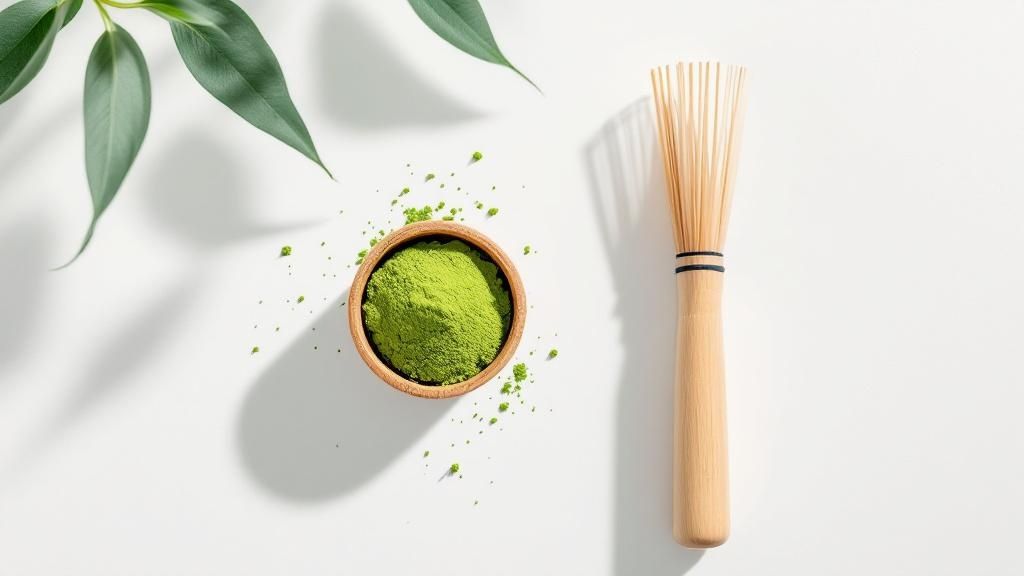
Its popularity has exploded beyond tradition, making it a modern staple worldwide. You can find it in everything from a ceremonial grade bowl of pure tea to creamy matcha lattes, ice cream, and countless other desserts. Esteemed producers from regions like Uji, such as Ippodo Tea Co. and Marukyu Koyamaen, are renowned for their high-quality matcha. Its versatility and distinct taste have made it a beloved ingredient in both cafes and home kitchens.
How to Best Enjoy Matcha
Proper preparation is crucial for a smooth, non-bitter cup of matcha. A bamboo whisk, or chasen, is traditionally used to create the ideal frothy texture.
- Optimal Water Temperature: Use water heated to around 80°C (175°F). Boiling water will scorch the powder and create bitterness.
- Preparation: Sift the matcha powder first to remove any lumps. Whisk vigorously in a "W" or "M" motion until a fine froth appears on the surface.
- Storage: To maintain freshness and vibrant color, store opened matcha in an airtight container in the refrigerator.
The vibrant color and rich flavor are backed by significant wellness advantages. You can discover more about the 8 benefits of drinking matcha you should know to appreciate this powerful beverage even more.
10. Umeshu (Plum Wine)
A beloved traditional Japanese liqueur, umeshu or plum wine, is a sweet and aromatic drink that captures the essence of early summer. It is made by steeping unripe, green Japanese plums (ume) in a clear spirit (like shochu or brandy) and rock sugar. The mixture is left to mature for several months to a year, allowing the alcohol to extract the plum's tart, fruity flavor, resulting in a beautifully balanced, sweet-and-sour liqueur.
While commercially produced versions from brands like Choya are widely available, making umeshu at home is a cherished annual tradition for many Japanese families. The resulting liqueur has a rich, amber color and a complex flavor profile that is both fruity and almond-like, as the plum pits impart a subtle nutty essence. It’s a versatile drink, often enjoyed as an aperitif to stimulate the appetite or as a dessert wine to conclude a meal. Among the many popular Japanese beverages, umeshu stands out for its nostalgic, homemade charm.
How to Best Enjoy Umeshu
Umeshu can be served in various ways depending on your preference and the season. It is typically served chilled.
- Umeshu Rokku: The simplest method is to serve it on the rocks, which allows its rich, concentrated flavor to shine.
- Umeshu Sawa: For a lighter, more refreshing drink, mix it with soda water (umeshu soda) or tonic water for a crisp cocktail.
- Serving Temperature: Always serve well-chilled for the best taste.
- Don't Forget the Plum: The steeped plums are edible and delicious, offering a boozy, flavorful treat.
Top 10 Japanese Beverages Comparison
| Beverage | Implementation Complexity 🔄 | Resource Requirements ⚡ | Expected Outcomes 📊 | Ideal Use Cases 💡 | Key Advantages ⭐ |
|---|---|---|---|---|---|
| Green Tea (Ryokucha) | Moderate; requires precise brewing technique | Moderate; quality leaves can be costly | High antioxidant intake, calm alertness | Daily consumption, ceremonies | Rich health benefits, cultural significance |
| Sake (Nihonshu) | High; complex fermentation and brewing processes | High; polished rice and specialized molds | Wide flavor range, pairs well with food | Dining, celebrations | Rich cultural heritage, diverse flavor profiles |
| Ramune | Low; simple commercial production | Low; glass bottles and carbonation | Refreshing soft drink, fun drinking experience | Festivals, nostalgic casual drinking | Unique bottle design, nostalgic and varied flavors |
| Mugicha (Barley Tea) | Low; simple roasting and brewing | Low; roasted barley widely available | Caffeine-free hydration, cooling effect | Summer hydration, family-friendly drink | Caffeine-free, inexpensive, widely accessible |
| Amazake | Moderate; fermentation requires care | Moderate; koji and rice needed | Nutritious, probiotic health boost | Health drink, traditional uses | High nutrition, natural probiotics |
| Calpis (Calpico) | Low; industrial fermentation and mixing | Low; cultured milk and additives | Sweet, tangy probiotic drink | Refreshing soft drink, mixing | Unique flavor, probiotic benefits |
| Shochu | High; distilled spirit with various bases | High; distillation equipment and ingredients | Strong alcoholic spirit, versatile drinking styles | Social drinking, cocktails | Variety of styles, relatively affordable |
| Japanese Whisky | Very High; long aging and meticulous distillation | Very High; aged barrels and quality grains | Premium quality spirit with complex flavors | Special occasions, collectors | World-class quality, unique flavor profiles |
| Matcha | High; precise cultivation and preparation methods | High; shade-grown leaves, special tools | Concentrated antioxidants, sustained energy | Ceremonial use, culinary applications | High antioxidant content, versatile usage |
| Umeshu (Plum Wine) | Moderate; infusion process with alcohol and sugar | Moderate; ume plums and alcohol | Sweet liqueur with fruity flavor | Aperitif, dessert drink | Sweet taste, homebrewable, health benefits |
Your Next Favorite Drink Awaits
From the serene, contemplative ritual of preparing matcha to the celebratory pop of a Ramune marble, the world of popular Japanese beverages offers a vast and captivating landscape of flavor, culture, and history. This journey has taken us through ten distinct yet equally significant drinks, each representing a unique facet of Japan's rich culinary tapestry. We've explored everything from the earthy depths of premium shochu and the sophisticated smokiness of Japanese whisky to the comforting, non-caffeinated warmth of mugicha and the sweet, fermented complexity of amazake.
The key takeaway is that Japanese drinks are far more than simple thirst-quenchers; they are an integral part of daily life, social connection, and seasonal celebration. Understanding this context elevates the experience from mere consumption to genuine appreciation. Think of the crisp, refreshing taste of Calpis on a hot summer day or the rich, warming quality of aged umeshu shared among friends on a cool evening. These are not just beverages; they are sensory bookmarks that define moments.
Turning Knowledge into Taste: Your Action Plan
Now that you're equipped with the origins, flavor profiles, and serving suggestions for these iconic drinks, the next step is to embark on your own tasting adventure. The true value lies not in simply knowing about these beverages, but in experiencing them firsthand. Here’s how to put your newfound knowledge into action:
- Start with Accessibility: Begin with drinks that are easy to find and prepare. Pick up some high-quality bottled green tea, a carton of Calpico, or some mugicha teabags from a local Asian market or a specialized online retailer. This builds confidence and helps you identify your foundational flavor preferences.
- Embrace the Pairing: Don't just drink; pair. Try a light, crisp sake with fresh sashimi or sushi to see how it cleanses the palate. Experiment by pairing a bold Japanese whisky with dark chocolate or a sweet umeshu with a light, cheesecake-style dessert. This practice will deepen your understanding of how flavors complement one another.
- Explore One Category Deeply: If you find yourself drawn to a particular drink, like green tea, challenge yourself to explore its variations. Move from a basic sencha to a more nuanced gyokuro or a roasted hojicha. This focused exploration reveals the incredible diversity within a single category of popular Japanese beverages.
By actively engaging with these drinks, you move beyond being a passive reader to become an active participant in a global culinary tradition. You begin to build a personal "flavor library," enabling you to select the perfect Japanese beverage for any mood, meal, or occasion with confidence and insight. The world of Japanese drinks is waiting for you to find your place within it, and your next favorite drink is just one sip away.
Ready to explore authentic Japanese flavors without leaving home? Buy Me Japan is your direct connection to Japan, offering a curated selection of many of the popular Japanese beverages and snacks featured in this guide. Discover your next favorite drink by visiting Buy Me Japan and have genuine Japanese products shipped directly to your door.
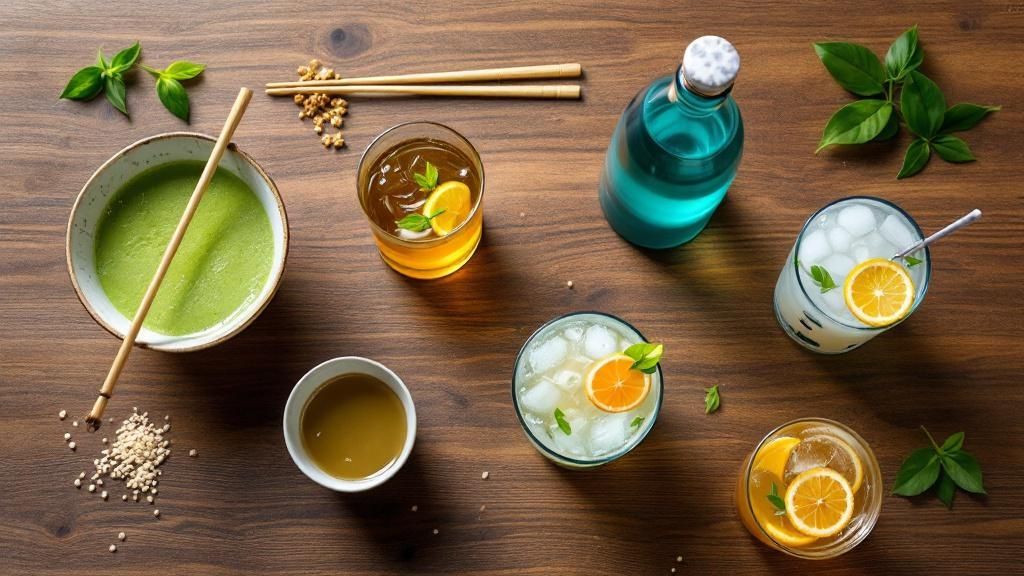
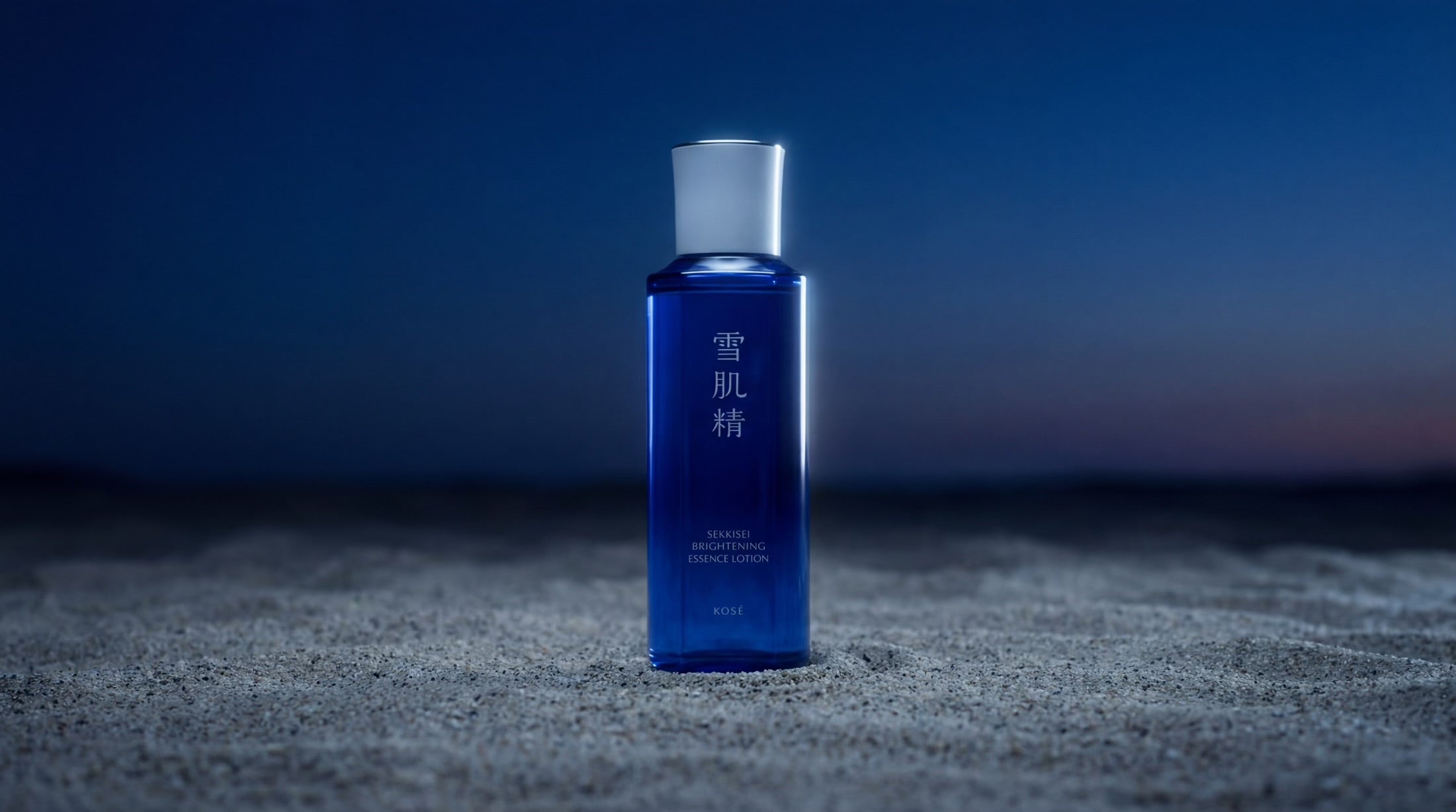
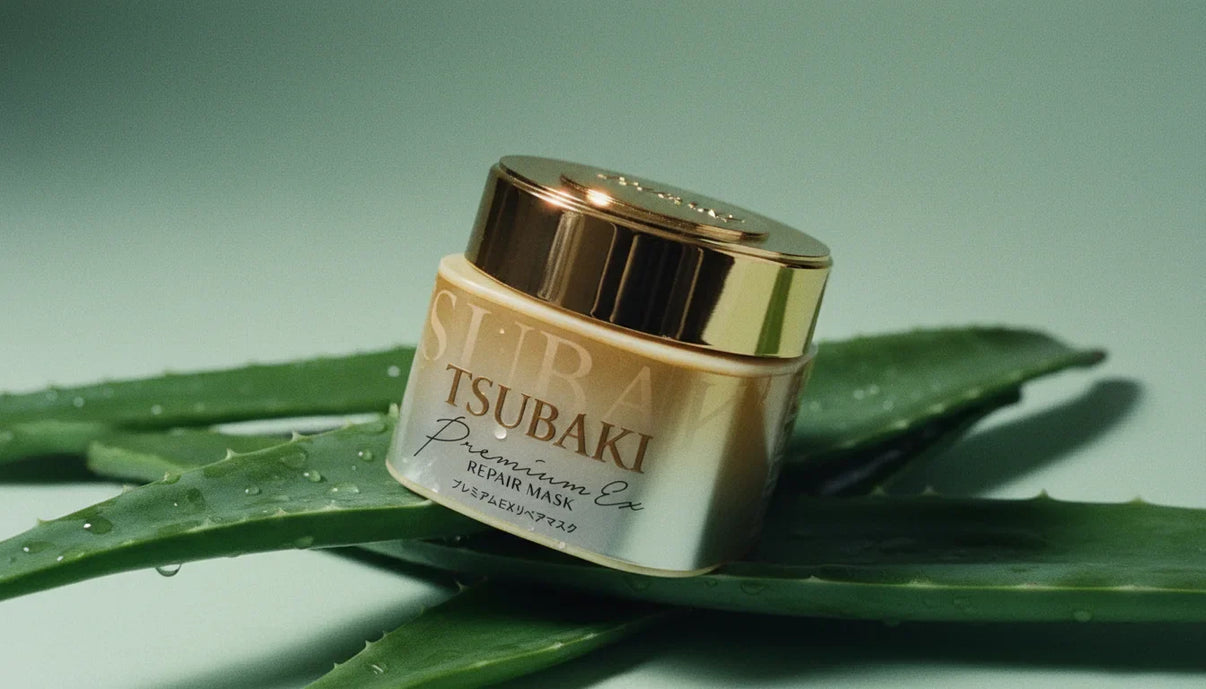

Share:
7 Best Shops for Popular Japanese Candy in 2025
A Guide to Japanese Tea Types